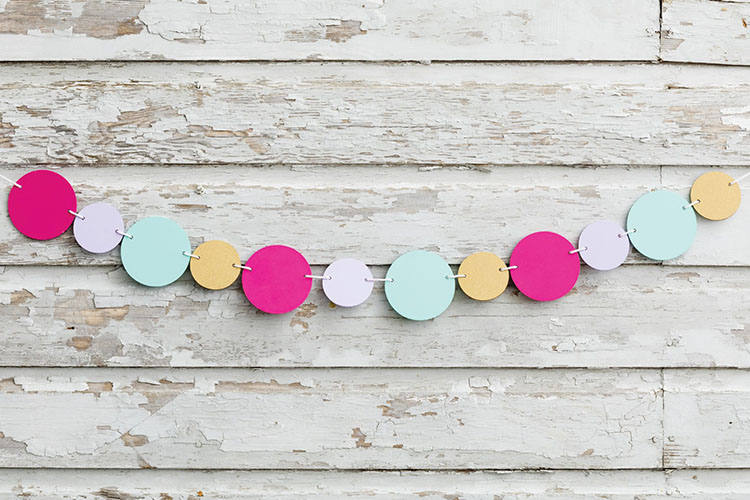Painting over peeling or flaking paint may seem like a quick solution, but it almost always leads to a poor result and more work later. When old paint is loose or peeling, new paint cannot stick properly. This article explains why you need to remove loose paint before repainting and how to get a smooth, long-lasting finish.

Why Paint Peels and Flakes
Paint can start to peel or flake because of moisture, age, or poor preparation before the first paint job. If water gets under the paint—from a leak or high humidity—it breaks the bond between the paint and the wall or siding. If the old paint was applied on a dusty or dirty surface, it may never have stuck well in the first place. Over time, exposure to sun and temperature changes also causes cracking and peeling.
Why New Paint Won’t Stick to Loose Paint
If you apply new paint over peeling areas, it will only stick to the loose layer below. That loose layer will keep breaking away, and the fresh paint will come off with it. Even small patches of peeling will spread over time. The result is an uneven, patchy finish that fails sooner than a properly prepared surface.
How Proper Preparation Makes a Difference
A smooth, long-lasting paint job starts with a solid base. Removing loose paint and preparing the surface ensures new paint can bond firmly. Proper preparation:
- Removes all loose bits so new paint does not lift them.
- Reveals the stable surface underneath, whether it is wood, metal, drywall, or plaster.
- Creates a uniform surface so primer and finish paint spread evenly.
Without this work, even the best paint cannot hide loose layers beneath it. Instead, it highlights the problems.
Steps to Remove Loose Paint and Prepare the Surface
- Scrape Away Loose Paint
Use a paint scraper or putty knife to remove all loose and peeling paint. Scrape until you reach solid areas where paint still adheres well. Work methodically, covering the entire surface rather than just the obvious patches. - Sand the Edges
After scraping, use medium-grit sandpaper (around 120–150 grit) to smooth any rough edges left by peeling paint. Sanding also creates a slightly rough surface, which helps new primer and paint stick. - Clean the Surface
Wipe the area with a damp cloth or a tack cloth to remove dust and debris. Any leftover dust can prevent paint from sticking properly. - Fill Small Holes or Cracks
If scraping and sanding leave small gaps, nail holes, or cracks, apply a suitable filler or spackling compound. Let it dry completely, then sand the filled areas flush with the surrounding surface. Remove any dust before moving on. - Prime the Bare Areas
Apply a primer to the bare or repaired spots. Primer seals the surface and helps finish paint stick. For exterior wood or interior plaster and drywall, use a stain-blocking primer if you see wood knots or remaining stains.
What Happens If You Skip Preparation
Choosing to paint directly over peeling paint leads to several problems:
- Unstable Finish: New paint peels away quickly, especially where old paint is loose.
- Uneven Appearance: What may look smooth at first will soon show peeling edges and rough spots.
- Higher Costs Over Time: It may be faster to skip preparation now, but you will spend more time and money repainting when the finish fails.
- Hidden Water Damage: On exterior surfaces, trapped moisture behind peeling paint can cause wood to rot or metal to rust.
Benefits of Proper Preparation
Taking time to remove old paint, sand, clean, fill, and prime adds a day or two to your project, but you get:
- A smooth, even surface that looks professional.
- A paint job that resists peeling, chipping, and weather damage.
- Lower maintenance costs over time because the finish holds up better.
Conclusion
When you see peeling or flaking paint, resist the urge to cover it with a fresh coat. Properly scraping, sanding, cleaning, and priming the surface is essential for a lasting, high-quality paint job. By doing these steps, you create a secure base so your new paint can stick and stay looking good for years.
